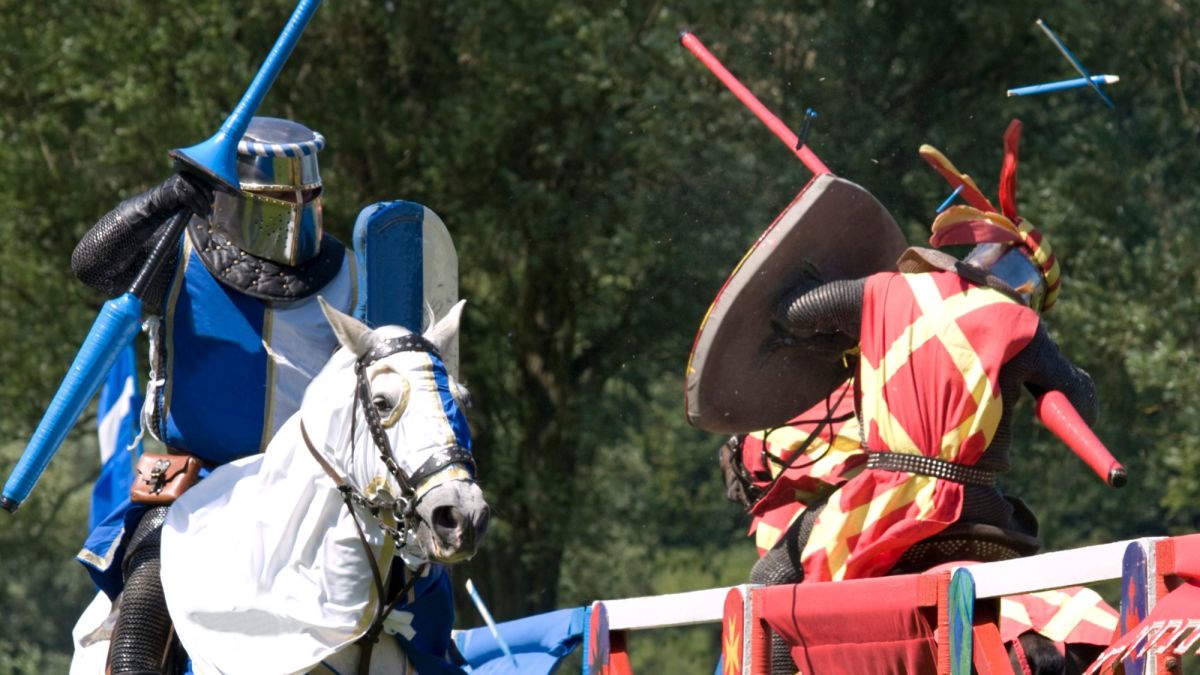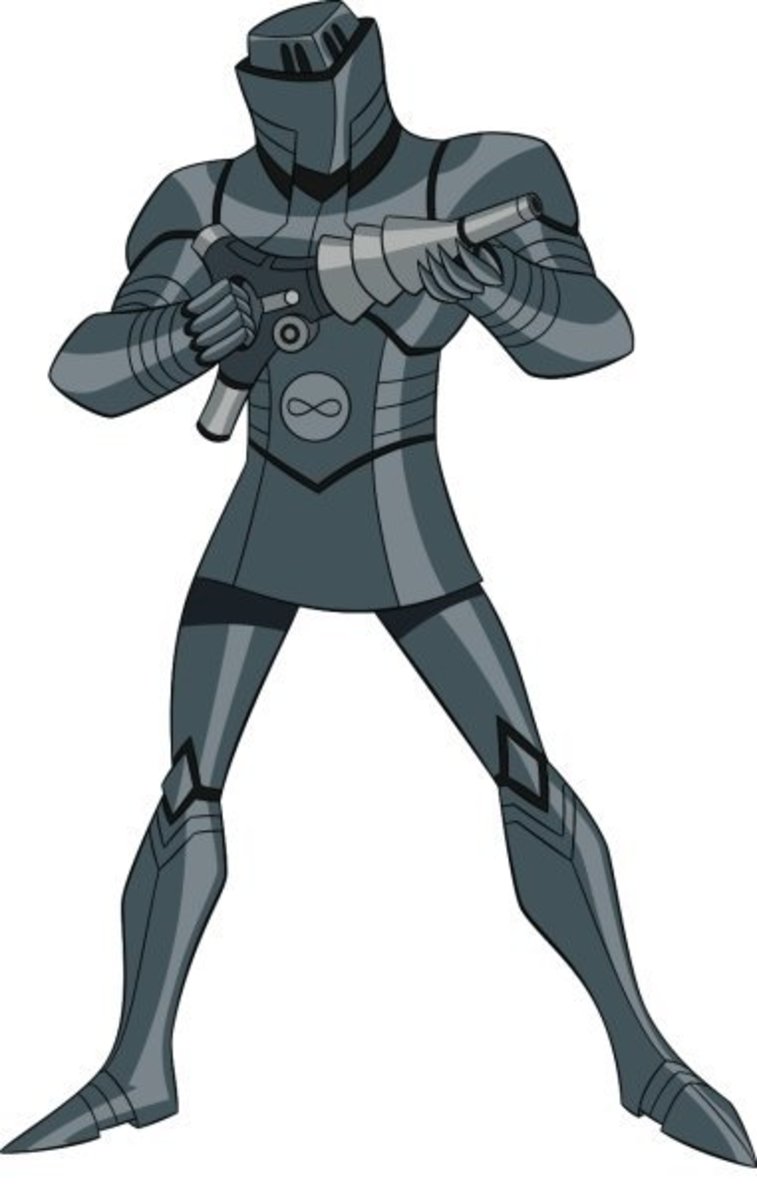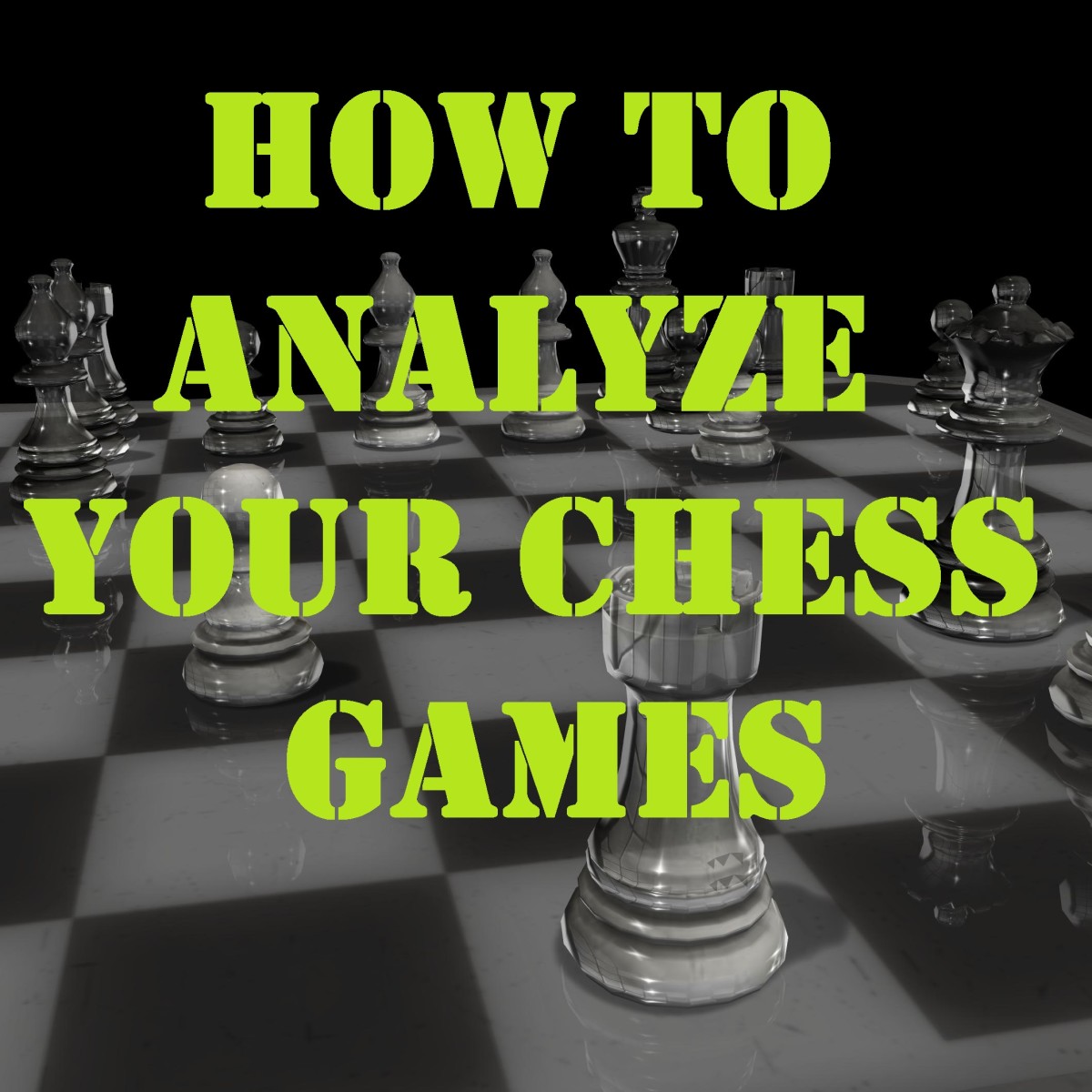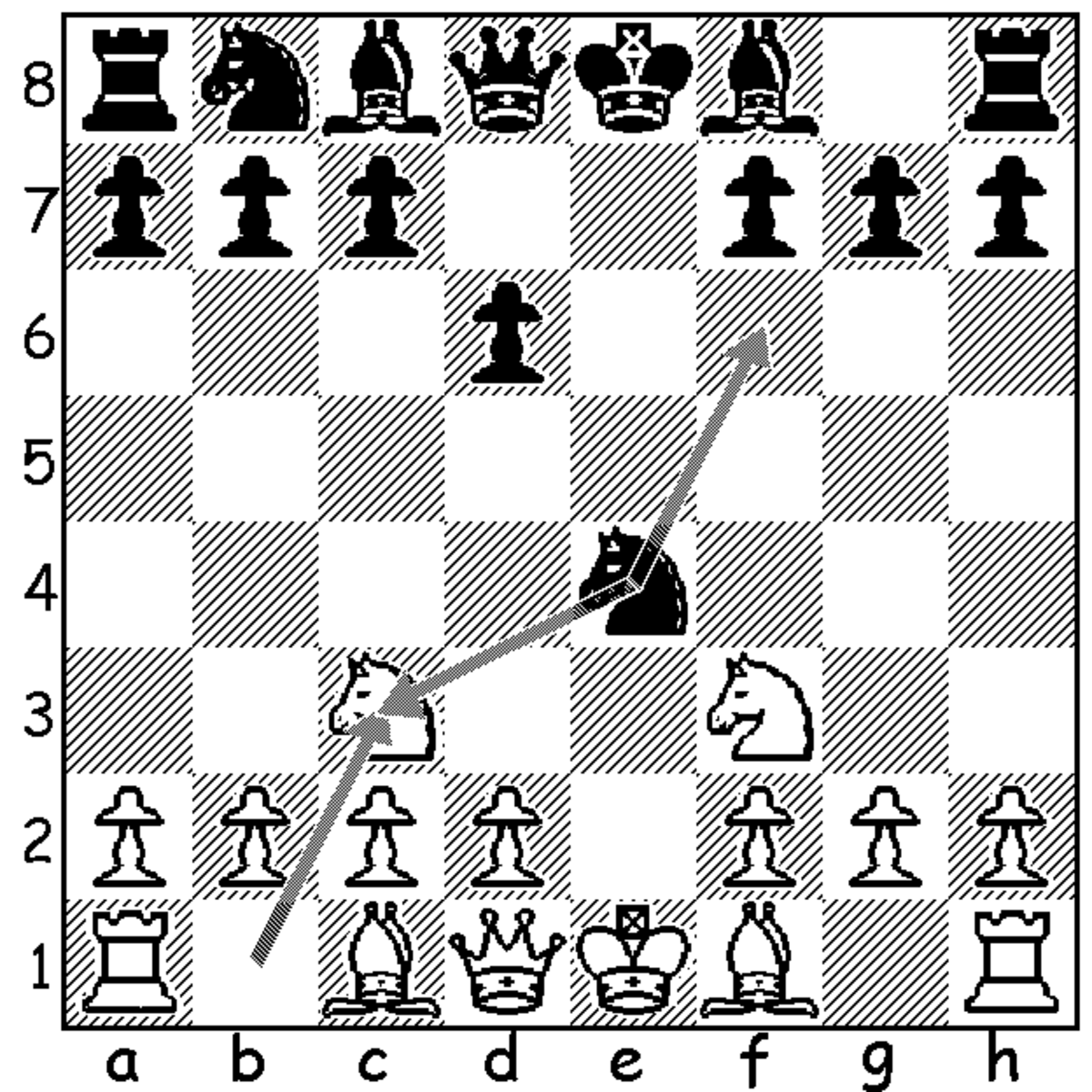How Each Chess Piece Moves
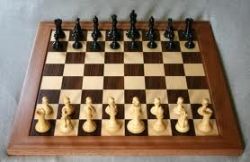
Chess-A Beautifully Strategic Game
Chess is a board game that is all about strategy. Chess is about moving your pieces in the right way so that they pin your opponent and put them in a horrible predicament. Sometimes, you must sacrifice your best pieces in chess in order to checkmate your opponent. Chess isn't about how many pieces you control or if your opponent has a better field than you, chess is about using what you have to defeat your opponent or create a stalemate which is a tie in chess.
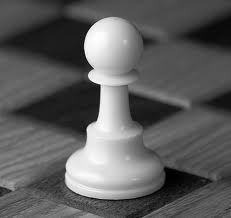
Pawns
In chess, there are 8 white pawns and 8 black pawns. It is highly recommended and common to move your pawns first. Gaining control of the center is pivotal, even at the very beginning of a chess game. Gaining control of the center with pawns could eventually give you control of the entire board, but only if you work for it.

How Do Pawns Move?
When the chess board is set, you will have 8 pawns on the second and seventh columns depending on if you control the white or the black pieces. You can make a pawn's first move by moving 2 spaces upward, closer to your opponent's enemy lines. You can also move a pawn 1 space upwards during that pawn's first move, but after the first move of a particular pawn, it can only go 1 space upward every time. There is no 1 space upward and then 2 spaces upward move, and there is no 2 spaces upward and then 2 spaces upward move either. After a pawn advances, it can never go up 2 spaces again.
Despite pawns moving upward 1 space at a time, pawns take other pieces diagonally by 1 space. So, if there is any piece to a pawn's left or right that is diagonal, a pawn can take that piece. However, the piece that a pawn takes has to be the diagonal directly next to the pawn. If a pawn is at one end of the board, and a queen is at the other end of the board, the pawn cannot take the queen even if they are on the same diagonal line because the queen is too far away from the pawn.
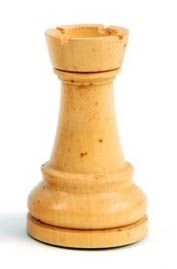
Rooks
Rooks are a powerful piece that can move all across the board. Many times, two rooks are used to checkmate a king. There are two white rooks and two black rooks on the board. Keep rooks on the field unless you need to sacrifice them.
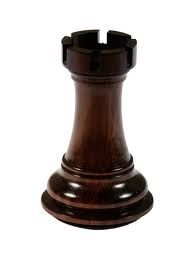
How Do Rooks Move
Rooks move up, down, left, and right. They do not move diagonally, but they do move up, down, left, and right. If there is a piece in the rook's moving path, you can move the rook to take that piece. The rook stays where the former piece was, but you can move it during your next turn if you desire.
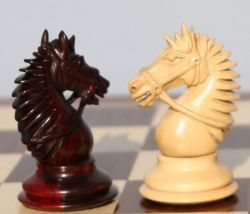
Knights
Knights are chess pieces that are best used at the start of the game. Knights can be used in some of the most popular methods such as the fork where the knight checks the king and attacks a strong piece, the discovered check where the knight hops out of the way so that another piece can check the king on the same move. The knight is good at the start, but sacrificing the Knight towards that end in a good trade is better because a knight can't move from 1 side of the board to the other in 1 turn. Knights are the only chess pieces that can hop over other pieces. That is why you'll see some chess players move the knight before everything else.

How Do Knights Move?
Knights move in a L shape where they can take pieces. Knights can hop over your chess pieces as well as your opponent's chess pieces, so a knight can bypass pawns to capture a queen. If a Knight were on B1, you could move that same Knight to C3 on 1 move if C3 isn't occupied by one of your pieces.
Chess Boards For Sale

Bishops
Bishops are what can make a game interesting, especially the end game. Because of how each piece moves, a bishop is valued more than a Knight because of the distance it can cover on 1 move. Unlike a Knight, a Bishop can pin a piece making that piece incapable of moving or else it would expose the King to a check.
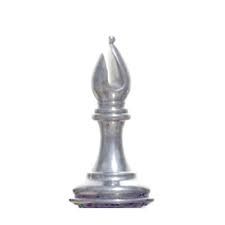
How Do Bishops Move?
We recently learned that rooks move up, down, right and left in a straight pattern. Bishops do something similar, but not exact. Bishops move diagonally left, right, up, and down. The movement of a bishop also prevents it from reaching some spaces throughout the entire game. A bishops on a white space will never land on a black space, and a bishop on a black space will never land on a white space. Also, a bishop that goes against my chess pieces won't be able to survive that long (just had to put that in there. As serious as chess is, I believe there should be some funny moments).







